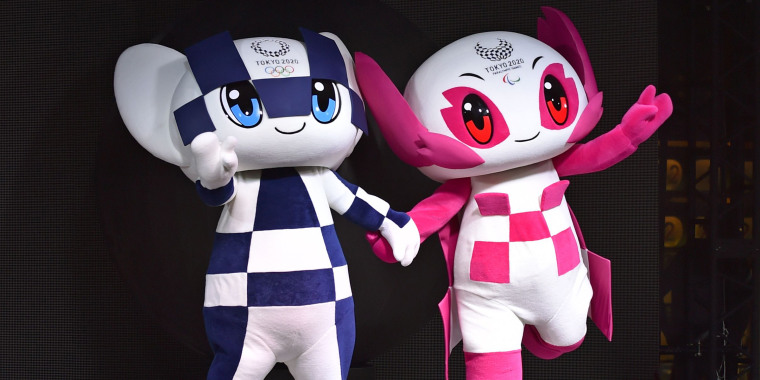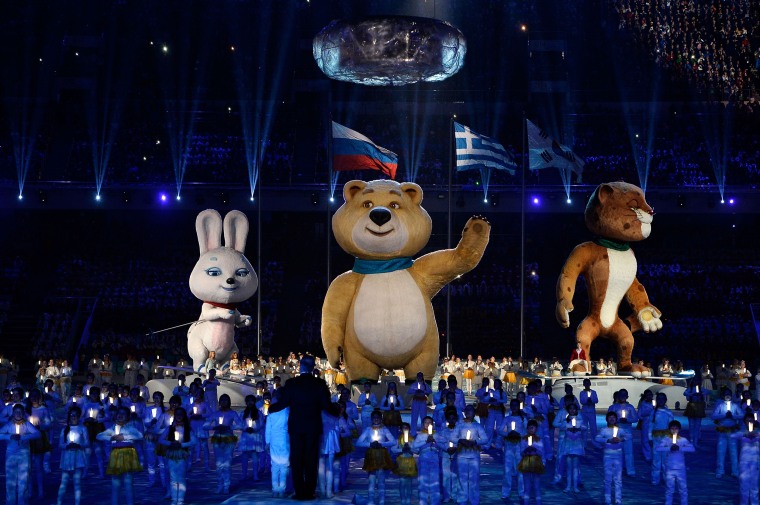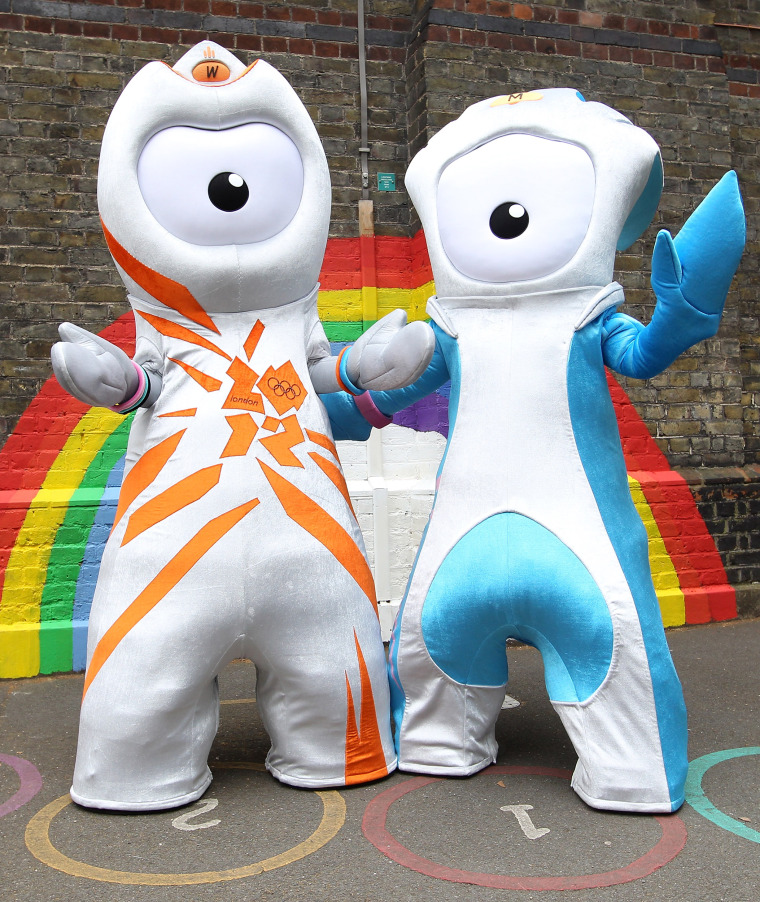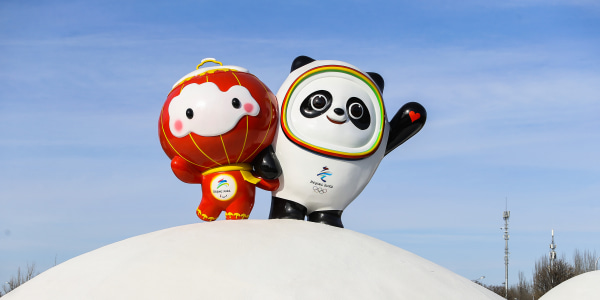The cartoony Miraitowa is the official mascot of the Tokyo Olympics, and it comes with surprising powers the athletes can only envy.
Every Olympics has its own mascot, officially hailed as the ambassador of the Games. Tokyo has two: Miraitowa for the Olympics and Someity for the Paralympic Games. Their lofty, stated purpose? To “embody the spirit of the Olympics and play a vital role in welcoming athletes and visitors to the Games,” per the International Olympic Committee.

Olympic mascots run the gamut from cute to cuddly to quirky to downright catastrophic. Normally, they’re fictional characters or animals that either represent a native species or pay tribute to the cultural heritage of the locale. The mascots help sell the games: They’re on posters, bags, T-shirts, and live on in the form of plushies and stuffed animals.
In Tokyo, the cartoony Miraitowa's name is a fusion of the Japanese words "mirai", which means “future”, and "towa", which means “eternity.” And it even has a personality. Yup, it’s based on the Japanese proverb: “Learn from the past and develop new ideas.”
What does that mean, you might wonder? Well, per the IOC, Miraitowa is “cheerful and remarkably athletic, with a very strong sense of integrity.” Oh and it can teleport, which will indisputably come in handy for organizers and athletes.
The Tokyo Paralympic mascot is Someity, which comes from the name of the cherry blossom someiyoshino. In English, it loosely translates to “so mighty.” According to the Tokyo 2020 Olympic Games website, Someity can fly, use the sensors on the sides of its head for telepathic powers, and move objects without touching them.

The first mascot made its debut at the 1968 games in Grenoble. And its name was Shuss, a weird little dude. On skis. Even then, the IOC was savvy: You could buy Shuss keyrings, pins, magnets, watches and inflatables.
Even when mascots aren’t eyesores, they can still cause controversy. Take the threesome from 2014’s Sochi games: The Hare, the Polar Bear, and the Leopard. Vladimir Putin loves big cats, and was accused of rigging the vote to make sure that the Leopard made the final cut. Scandale!

Or how about Wenlock and Mandeville, from the London games? It’s worth noting that London is one of the most surveilled cities in the world, with 73.31 cameras for every 1,000 people. So perhaps unleashing oddly-shaped mascots whose single eye was a camera lens — was a bridge too far.

Beijing, host of the 2022 Winter Olympic Games, recently unveiled its own mascot, named Bing Dwen Dwen, a wide-eyed panda in a suit of ice. Paris, the next city to host the Summer Games, will unveil its mascot either late this year or in 2022.

